
Roots
To truly grasp the essence of what historical ingredients deeply nourish Afro-textured scalp, one must journey back to the very source, to the ancestral lands and practices that shaped communal life. For those with hair that coils, kinks, and forms spirals, the strands are not merely an anatomical feature. They are a tangible link to a heritage of resilience, an archive etched with stories of survival, identity, and profound connection to the natural world.
Our understanding of scalp care, therefore, cannot simply rest on surface-level biology. It demands an appreciation for the intricate dance between human ingenuity, environmental wisdom, and the inherent generosity of the earth that has sustained us across generations.
The earliest forms of care for Afro-textured hair and scalp were not isolated acts of vanity but rather deeply integrated components of daily living, cultural expression, and spiritual practice. These rituals, passed down through the hands of elders, were born from an intimate knowledge of local botanicals and minerals, refined over centuries of observation and communal experience. They reflect a wisdom that understood the scalp as the very garden from which hair sprouts, requiring attentive cultivation and protection.

Anatomy of Textured Hair From an Ancestral View
The biology of Afro-textured hair, with its unique helical structure and characteristic curl patterns, presents distinct needs for scalp health. Unlike straighter hair types, the tightly coiled nature of Afro-textured hair means that natural oils produced by the scalp, known as sebum, do not easily travel down the hair shaft. This leaves the strands prone to dryness, and the scalp, though producing oil, can sometimes experience buildup if not properly cleansed. Ancestral communities understood this delicate balance through observation, even without modern scientific terminology.
They noticed how certain ingredients kept the hair supple and how others helped maintain a clear, healthy scalp. The traditional understanding recognized the need for a protective barrier on the scalp and hair, especially in varied climates where intense sun, dust, or humidity influenced daily life.
For millennia, African societies observed the interaction between their hair, their environments, and the plants around them. The knowledge gathered was not a static collection of facts; it was a living, evolving body of wisdom. This wisdom recognized that a vibrant scalp supported healthy, resilient hair, a concept that resonates deeply with contemporary trichology.

Historical Understanding of Scalp Health in African Societies
Across the diverse landscapes of the African continent, scalp health was a communal concern, addressed with ingenuity and reverence. From ancient Egypt to the West African kingdoms, specific practices and ingredients were tailored to environmental conditions and cultural values. In ancient Egypt, where hair held significant symbolic weight, scalp care was meticulous.
Ingredients such as Castor Oil were staples in hair rituals, prized for moisturizing and strengthening hair. Egyptians would often combine this with honey and various herbs to make masks for growth and shine, demonstrating an early understanding of emollients and humectants for the scalp, This historical context illustrates how deeply embedded the concept of scalp nourishment was, reaching back thousands of years.
In West Africa, the shea tree (Vitellaria paradoxa) became a sacred resource, yielding the revered Shea Butter. This golden balm, often called “women’s gold” for its economic and cultural significance, has been used for centuries to protect skin and hair from harsh sun, wind, and dust, Its regular application to the scalp aided in preventing dehydration and soothing irritation. The women who traditionally processed shea butter possessed generations of experiential knowledge, understanding its properties for both moisture and protection.
Ancestral wisdom reveals that truly nourishing Afro-textured scalp involves an intricate understanding of natural environments and the unique needs of coiled hair.
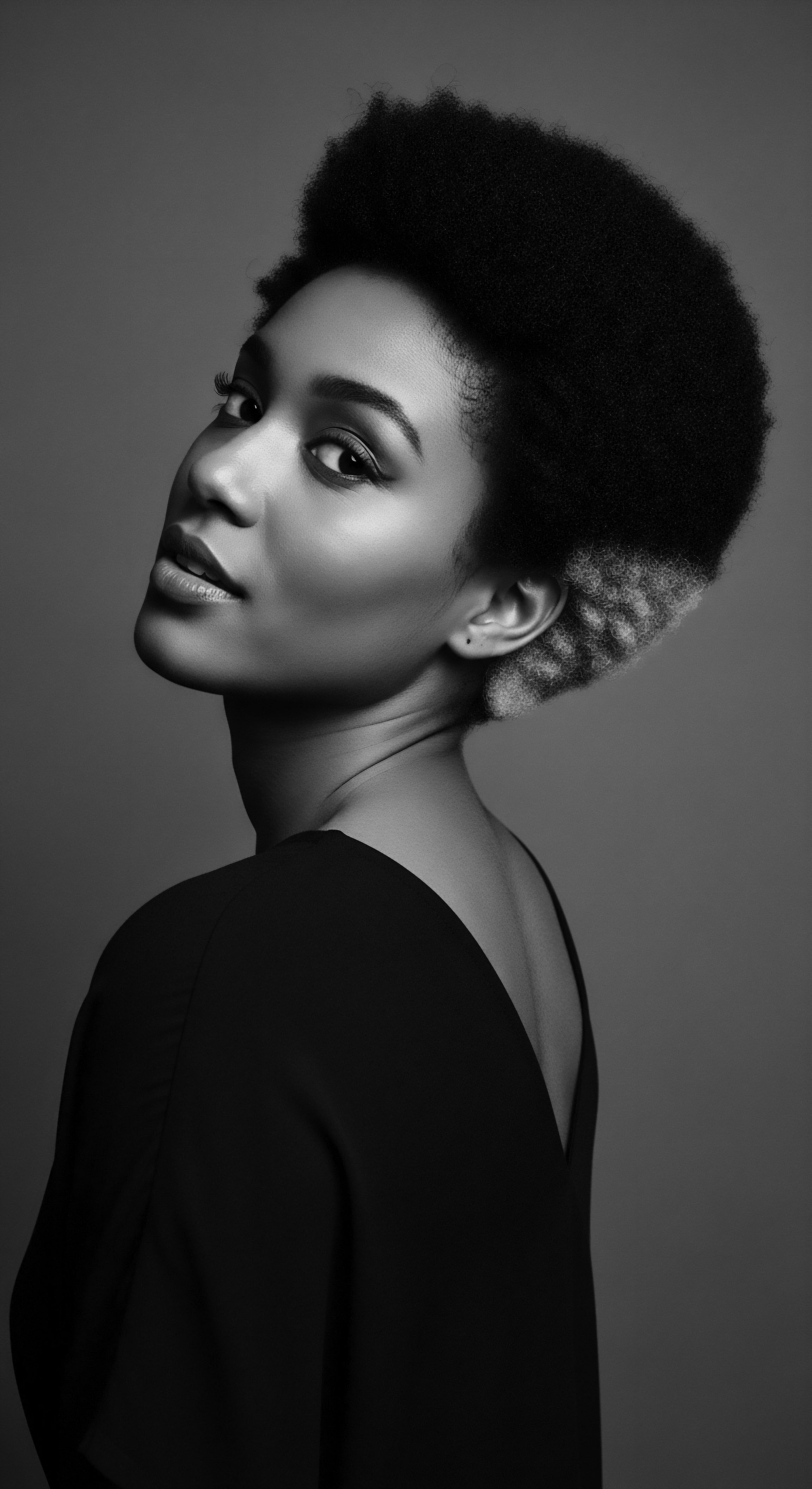
What Are Early Ingredients Known for Scalp Health?
The landscape of historical scalp care is rich with a multitude of ingredients, each selected for its specific benefits. These natural gifts were not chosen at random; their efficacy was proven through centuries of empirical observation and communal application.
- Shea Butter ❉ Extracted from the nuts of the shea tree, particularly prevalent in West Africa, shea butter is renowned for its moisturizing properties. It provides a protective layer for the scalp, combating dryness and irritation, and was also used to lubricate and hold hairstyles,
- Coconut Oil ❉ Used across various parts of Africa and the diaspora, coconut oil is known for its ability to moisturize and protect hair. Its regular use on the scalp helps maintain a healthy environment, supporting length retention,
- Castor Oil ❉ A favored ingredient in ancient Egypt and other African societies, castor oil is thick and rich in fatty acids, contributing to scalp circulation and encouraging healthy hair growth,
- Aloe Vera ❉ Often referred to as “Nature’s First Aid Plant,” aloe vera was valued for its soothing and moisturizing properties, used to address scalp dryness and discomfort,
- African Black Soap ❉ Originating from West Africa, this traditional soap is made from plant-based materials such as cocoa pod ash, palm kernel oil, and shea butter. It provides deep cleansing for the scalp, removing buildup while often soothing irritation and combating dandruff,
- Rhassoul Clay ❉ From North Africa, particularly Morocco, this reddish-brown clay has been used for millennia for its purifying and detoxifying effects on the scalp and hair. It provides a gentle cleanse while helping to draw out impurities.
- Baobab Oil ❉ Sourced from the “Tree of Life,” baobab oil is a light yet deeply moisturizing oil used for hair and skin health in various African communities. It helps with scalp moisture and overall hair health.
- Chebe Powder ❉ Hailing from Chad, this ancestral mixture of seeds, cloves, and cherry seeds is known for promoting length retention and treating scalp problems like itching and dandruff, It is applied as a paste to the hair, preventing breakage.
- Honey ❉ Used in ancient Egypt, honey is a natural humectant, drawing moisture from the air to the scalp and hair. It also possesses antibacterial and antifungal properties, beneficial for scalp health,
These foundational ingredients highlight a deep understanding of scalp and hair needs, a wisdom rooted in the environments and traditions of African peoples.

Ritual
The application of historical ingredients to nourish Afro-textured scalp was rarely a solitary, utilitarian act. Rather, it was woven into elaborate rituals, communal gatherings, and profound cultural practices that lent hair care a meaning far beyond mere aesthetics. These traditions represent a living art, a testament to the collective ingenuity and spirit of communities across the African diaspora. Understanding these rituals provides deeper insight into how ingredients functioned not only chemically, but also socially and spiritually, cementing the rich heritage of hair care.
The tools, the techniques, and the very spaces where hair care occurred were imbued with significance. From the simplest comb carved from natural materials to the ceremonial braiding circles, each element played a role in enhancing the efficacy of the ingredients and reinforcing community bonds.

How Did Ancestral Ingredients Influence Traditional Styling?
The symbiotic relationship between scalp-nourishing ingredients and traditional styling practices is undeniable. Many ancestral hairstyles, particularly protective styles, were designed to keep hair healthy, shielded from environmental damage, and to preserve length. The ingredients provided the necessary lubrication, moisture, and elasticity to execute and maintain these intricate styles, ensuring the longevity and health of the hair and scalp underneath. Without adequate preparation and conditioning with these traditional ingredients, many complex styles would have been difficult to achieve or would have caused damage.
For example, the application of various oils and butters prior to braiding or twisting softened the hair, making it more pliable and less prone to breakage during manipulation. This allowed for the creation of intricate patterns that often held cultural and social significance. Styles like cornrows, Bantu knots, and various forms of locs were not merely aesthetic choices; they served as protective cocoons for the hair, allowing for minimal daily manipulation and offering a shield from the elements,

What Was the Role of Protective Styling in Heritage?
Protective styling holds a central position in the heritage of Afro-textured hair care. These styles, such as braids, twists, and various forms of wraps, safeguarded the hair and scalp, reducing exposure to the elements and minimizing physical manipulation. They were often prepped with specific ingredients.
For instance, the Himba people of Namibia traditionally apply a paste of red ochre and butterfat, known as Otjize, to their hair. This mixture serves as a protective styling agent, offering defense against the sun and insects while also symbolizing their connection to the earth and ancestors, The practice highlights how ingredients were not just for direct nourishment but also for facilitating styles that served broader protective and cultural purposes.
The communal nature of hair care, often seen in braiding circles, sustained social cohesion within African communities.
Consider the Basara Tribe of T’Chad, known for their Chebe ritual. They apply an herb-infused oil and animal fat mixture, often called Chebe powder, to their hair and then braid it, This practice is primarily for length retention, showing a long-standing understanding that keeping hair braided and moisturized with traditional preparations is key to its health and growth. This method, passed down through generations, directly connects ingredient application with protective styling for tangible hair benefits. The ritual itself, often lasting hours, became a social gathering, a space for storytelling and reinforcing community bonds, particularly vital for enslaved populations during times of forced assimilation,
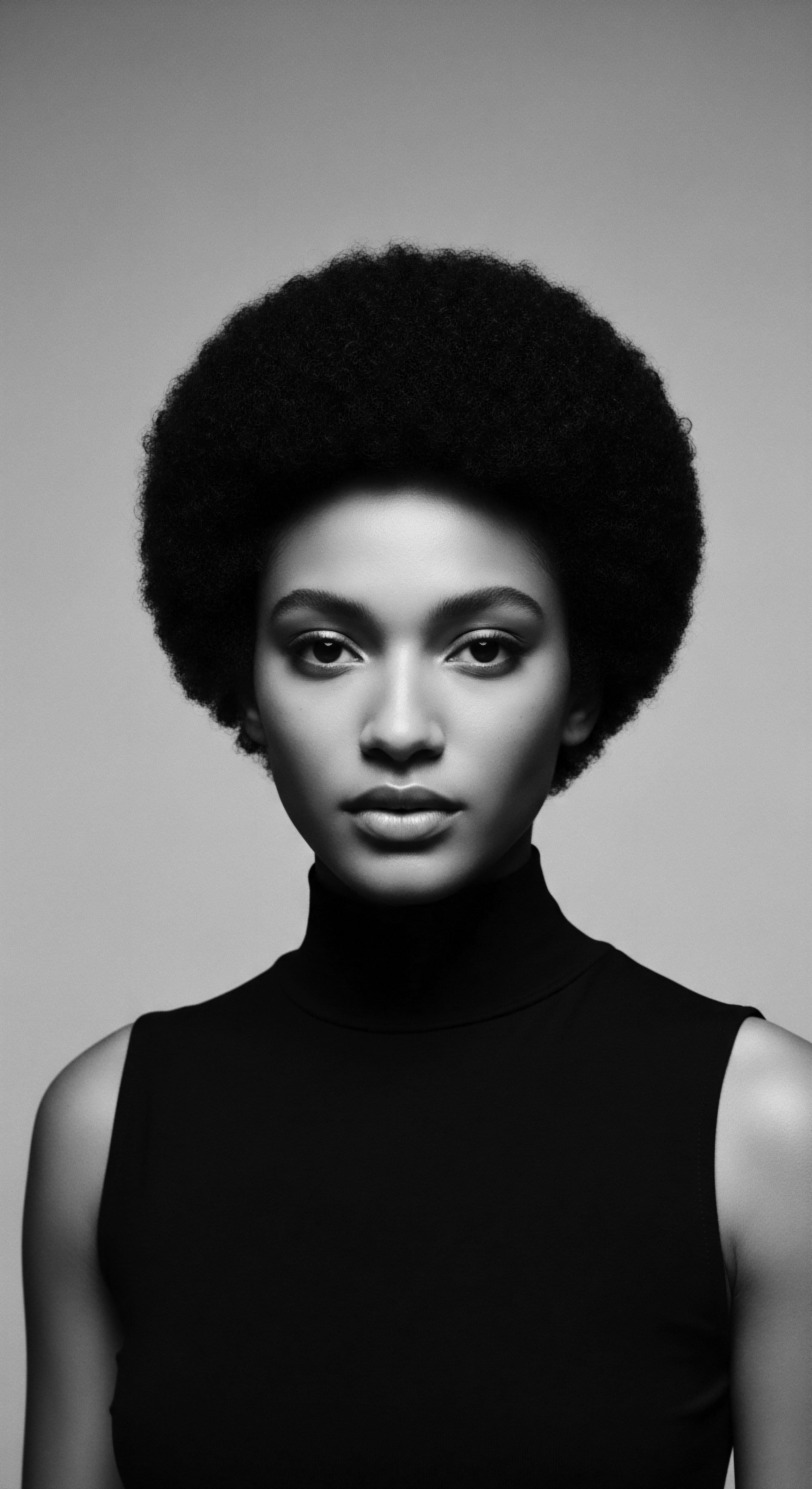
How Were Traditional Tools Connected to Ingredient Application?
Traditional tools were extensions of the hands that applied these ancestral ingredients, designed with purpose and informed by generations of practical experience. Combs made from bone or ivory were used in ancient Egypt, sometimes alongside heated metal rods for styling. While modern tools might be more varied, the underlying principles of detangling, distributing products, and shaping hair remain constant.
For instance, the precise application of oils and butters before braiding often involved handmade combs and fingers, ensuring even distribution across the scalp and strands. The preparation of ingredients, such as grinding herbs into powders or melting butters, frequently involved mortars and pestles, or clay pots over gentle heat, allowing for the creation of potent, fresh preparations. These processes, rooted in community knowledge, underscore the meticulous care that accompanied the use of natural components for scalp vitality.
The methods of preparing and applying these historical ingredients were as significant as the ingredients themselves. The slow, deliberate process of mixing herbs with oils, warming butters, and massaging preparations into the scalp and hair was a ritual of self-care and communal bonding.
Women in traditional African societies often massaged their scalps with oils, a practice that nourished the skin and aided in detangling. This massaging motion would also stimulate circulation, promoting better absorption of the ingredients and contributing to a healthy scalp environment. The knowledge of how much product to use, how frequently to apply it, and the precise techniques for working with different hair textures were passed down from mother to daughter, preserving a living legacy of hair care expertise.
| Ingredient Shea Butter |
| Traditional Use for Scalp/Hair Moisturizing, sun protection, soothing dry scalp, aiding in braiding, |
| Ingredient African Black Soap |
| Traditional Use for Scalp/Hair Deep cleansing, removing buildup, treating dandruff, soothing irritation, |
| Ingredient Castor Oil |
| Traditional Use for Scalp/Hair Promoting hair growth, strengthening hair, conditioning, |
| Ingredient Chebe Powder |
| Traditional Use for Scalp/Hair Length retention, treating itching and dandruff, protecting hair, |
| Ingredient Aloe Vera |
| Traditional Use for Scalp/Hair Soothing dryness, promoting hair growth, reducing scalp inflammation, |
| Ingredient These ingredients represent centuries of ancestral knowledge applied to textured hair wellness. |

Relay
The journey of historical ingredients from ancestral wisdom to contemporary appreciation is a testament to their enduring efficacy and the powerful legacy of textured hair heritage. This section investigates the deeper science behind these time-honored ingredients, connects ancient remedies to modern understanding, and explores how a holistic approach to scalp care, rooted in ancestral philosophies, continues to inform healthy hair regimens today. The continuation of these practices is not simply a nod to the past; it represents a living, breathing connection to a lineage that understood the intrinsic link between the individual, their environment, and their well-being.
The collective wisdom of Black and mixed-race communities has preserved these vital practices, ensuring that the knowledge of what truly nourishes textured scalp remains accessible. We stand on the shoulders of generations who meticulously observed, experimented, and passed down these valuable insights.
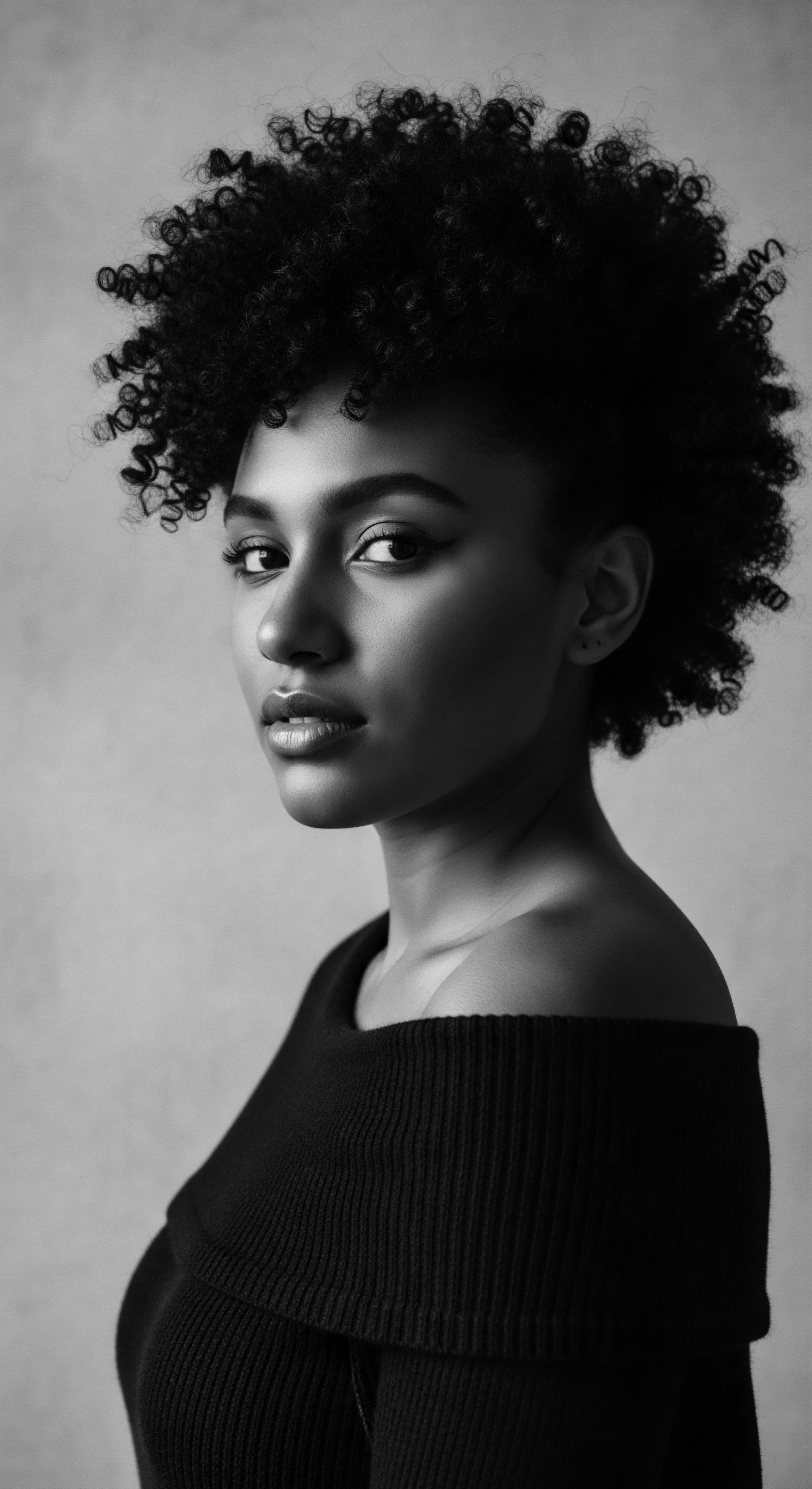
Connecting Traditional Knowledge with Scientific Understanding
Many ancestral ingredients, once understood purely through empirical observation, now find validation through modern scientific inquiry. The components within these natural substances possess properties that directly address the specific needs of Afro-textured scalp. For instance, the fatty acids present in Shea Butter (oleic, stearic, linoleic acids) are now known to provide excellent emollience and form a protective barrier, reducing transepidermal water loss from the scalp, This scientific perspective corroborates centuries of practical use where shea butter was applied to combat dryness and protect against environmental stressors.
Similarly, Castor Oil’s high concentration of ricinoleic acid contributes to its unique viscosity and is believed to have anti-inflammatory properties, potentially aiding in scalp health by reducing irritation and promoting blood circulation. This supports the ancient Egyptian practice of using it for scalp massages and hair growth. African Black Soap, with its blend of plantain peels, cocoa pods, and shea tree bark, contains natural exfoliants and antioxidants, which help to cleanse the scalp without stripping its natural oils, while also offering antifungal properties to combat dandruff, This scientific view validates the traditional understanding of its cleansing yet soothing capabilities for the scalp.

How Do Historical Ingredients Address Scalp Issues?
Ancestral practices provided effective solutions for common scalp concerns, often predating pharmaceutical remedies. The historical ingredients used for Afro-textured scalp care were chosen for their targeted properties to address dryness, flaking, irritation, and even some instances of hair loss.
- For Dryness and Flaking ❉ Oils such as Coconut Oil and Baobab Oil provided deep moisture, preventing the flaking associated with dry scalp. Their fatty acid profiles helped to seal moisture into the scalp’s outer layers, maintaining suppleness,
- For Itching and Irritation ❉ Aloe Vera’s soothing properties were often employed to calm irritated scalps, while the anti-inflammatory components in ingredients like Honey and certain plant extracts reduced discomfort,
- For Buildup and Cleansing ❉ African Black Soap served as a powerful yet gentle cleanser, removing accumulated dirt and product residue from the scalp, thereby supporting a healthier follicular environment, Rhassoul clay also provided a detoxifying cleanse.
- For Hair Thinning and Growth Support ❉ Ingredients like Castor Oil and Chebe Powder were traditionally used with the goal of strengthening strands and encouraging length retention, suggesting an early understanding of ingredients that support the hair growth cycle,
These remedies highlight a functional understanding of ingredient properties, passed down through generations as practical knowledge for sustaining scalp health.
The seamless integration of traditional ingredients into modern hair care routines honors a legacy of wellness practices.

What Is the Holistic View of Scalp Health?
The ancestral approach to scalp health was inherently holistic, recognizing that the well-being of the hair and scalp extended beyond topical application. This view encompasses diet, lifestyle, and even spiritual harmony. Traditional African wellness philosophies often linked inner balance to outward appearance, understanding hair as a visible indicator of overall health and a conduit for spiritual energy,
Dietary habits, rich in nutrient-dense local foods, naturally supported healthy hair from within. The practice of communal hair care itself contributed to mental and emotional well-being, strengthening social bonds and reducing stress, which indirectly benefits scalp health, This contrasts with modern, often fragmented, approaches that might isolate scalp issues from broader lifestyle factors.
For example, the widespread use of nutrient-dense indigenous ingredients like Moringa Oil and various local fruits in African diets would have provided essential vitamins and minerals that promote healthy cell turnover in the scalp and robust hair growth. This interconnectedness between what was consumed, how one lived, and the condition of one’s hair and scalp speaks to a comprehensive, inherited understanding of wellness.
A powerful historical example of this holistic approach can be found in the hair care practices of the Himba women of Namibia. Their practice of coating their hair with Otjize, a mixture of butterfat and red ochre, is not only a beauty ritual for physical protection and coloring but also a profound symbol of their connection to the earth, their ancestors, and their social standing, This holistic perspective emphasizes that hair care is never just about the physical; it is an act of cultural continuity, spiritual grounding, and an ongoing affirmation of identity. The meticulous care, time, and communal effort involved in such rituals underscore the deep value placed on hair as a living, sacred part of the self (Omotoso, 2014).
| Aspect of Care Moisture Retention |
| Historical African Practice Regular application of shea butter and coconut oil, often warmed, |
| Modern Scientific Understanding Emollients and occlusives (fatty acids, lipids) create a barrier, preventing water loss from skin and hair. |
| Aspect of Care Cleansing |
| Historical African Practice Use of natural clays like Rhassoul and plant-based soaps such as African Black Soap, |
| Modern Scientific Understanding Surfactants and gentle cleansers remove impurities; clays absorb excess oil and toxins; anti-inflammatory properties soothe the scalp. |
| Aspect of Care Growth Stimulation |
| Historical African Practice Scalp massage with castor oil and application of herbal mixtures like Chebe powder, |
| Modern Scientific Understanding Increased blood circulation to follicles, provision of nutrients (e.g. proteins, nicotinic acid from fenugreek in Chebe), reduction of breakage. |
| Aspect of Care Environmental Protection |
| Historical African Practice Coating hair with protective pastes like Himba otjize (butterfat and ochre), |
| Modern Scientific Understanding Physical barrier against UV radiation and pollutants; fatty acids and pigments offer antioxidant benefits. |
| Aspect of Care The continuity of these practices demonstrates how ancestral wisdom laid the foundation for modern scientific discovery regarding scalp care. |
The legacy of these ingredients continues to shape modern hair care. The growing natural hair movement within the Black and mixed-race communities represents a powerful reclamation of these ancestral practices, prioritizing natural ingredients and holistic care, It is a conscious choice to honor a rich heritage, a choice that acknowledges the deep, resonant wisdom of those who came before. These ingredients, once local secrets, are now globally recognized for their efficacy, connecting contemporary self-care to a timeless legacy of scalp and hair wellness.
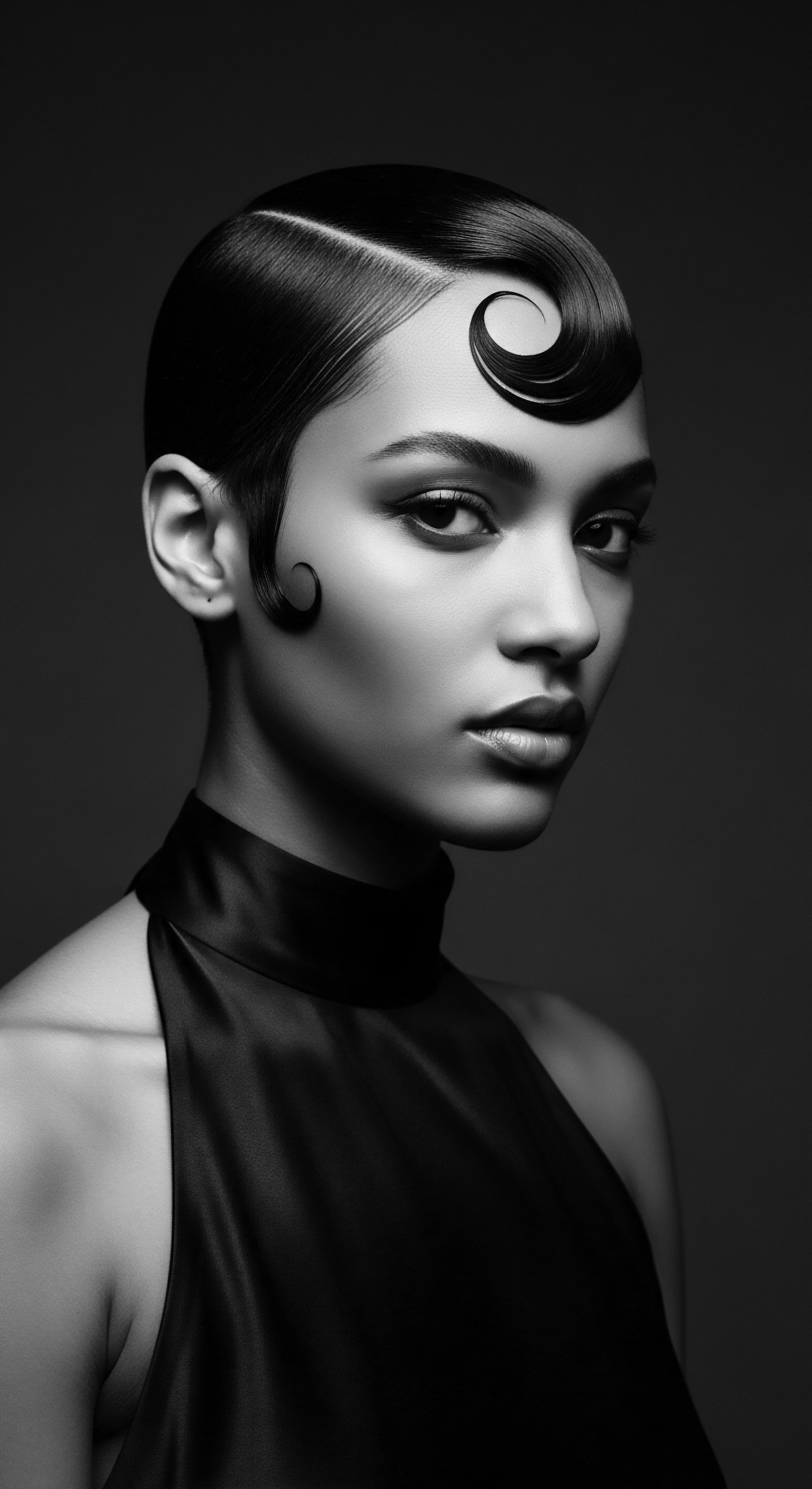
Reflection
The journey into what historical ingredients deeply nourish Afro-textured scalp reveals something far more profound than a simple list of botanical extracts. It exposes a profound meditation on the very fabric of textured hair heritage, a living, breathing archive of ancestral wisdom, communal resilience, and the enduring beauty found in deep connection to the earth. Each oil, each butter, each herb, carries within its chemical structure the echo of countless hands that prepared it, countless heads it adorned, and countless stories it witnessed. This is the ‘Soul of a Strand’ ethos made manifest ❉ recognizing that every coil, every curl, every kink is a testament to survival, creativity, and identity across generations.
To tend to an Afro-textured scalp with ingredients passed down through history is to engage in an act of reverence. It is to acknowledge that our ancestors, through their intimate relationship with their environments, possessed a sophisticated understanding of what truly sustained vitality. They knew which elements provided moisture, which offered protection, and which promoted a healthy growth environment, all without the aid of laboratories. This knowledge, often dismissed or suppressed during periods of colonial subjugation and the imposition of Eurocentric beauty standards, has not merely survived; it has endured, re-emerging with renewed strength in contemporary times.
The collective memory of Black and mixed-race communities has preserved these essential ingredients and practices. They are not relics of a distant past but dynamic parts of a continuous legacy, constantly reinterpreted and celebrated by new generations. This reclamation of heritage in hair care stands as a powerful affirmation of self-acceptance and cultural pride, a conscious decision to lean into the inherent beauty and strength of textured hair. The ingredients themselves become vessels for this continuity, allowing us to literally touch and experience the ancestral practices that have nourished not only scalps but also spirits.
In the spirit of Roothea, this exploration serves as a vital reminder that our hair is a part of our history, a map of migration, adaptation, and unwavering spirit. The nourishment we seek for our scalps today holds a direct lineage to the wisdom of those who came before us, bridging ancient practices with modern appreciation. This is the living archive, a constant invitation to learn, to honor, and to carry forward the luminous legacy of textured hair heritage.
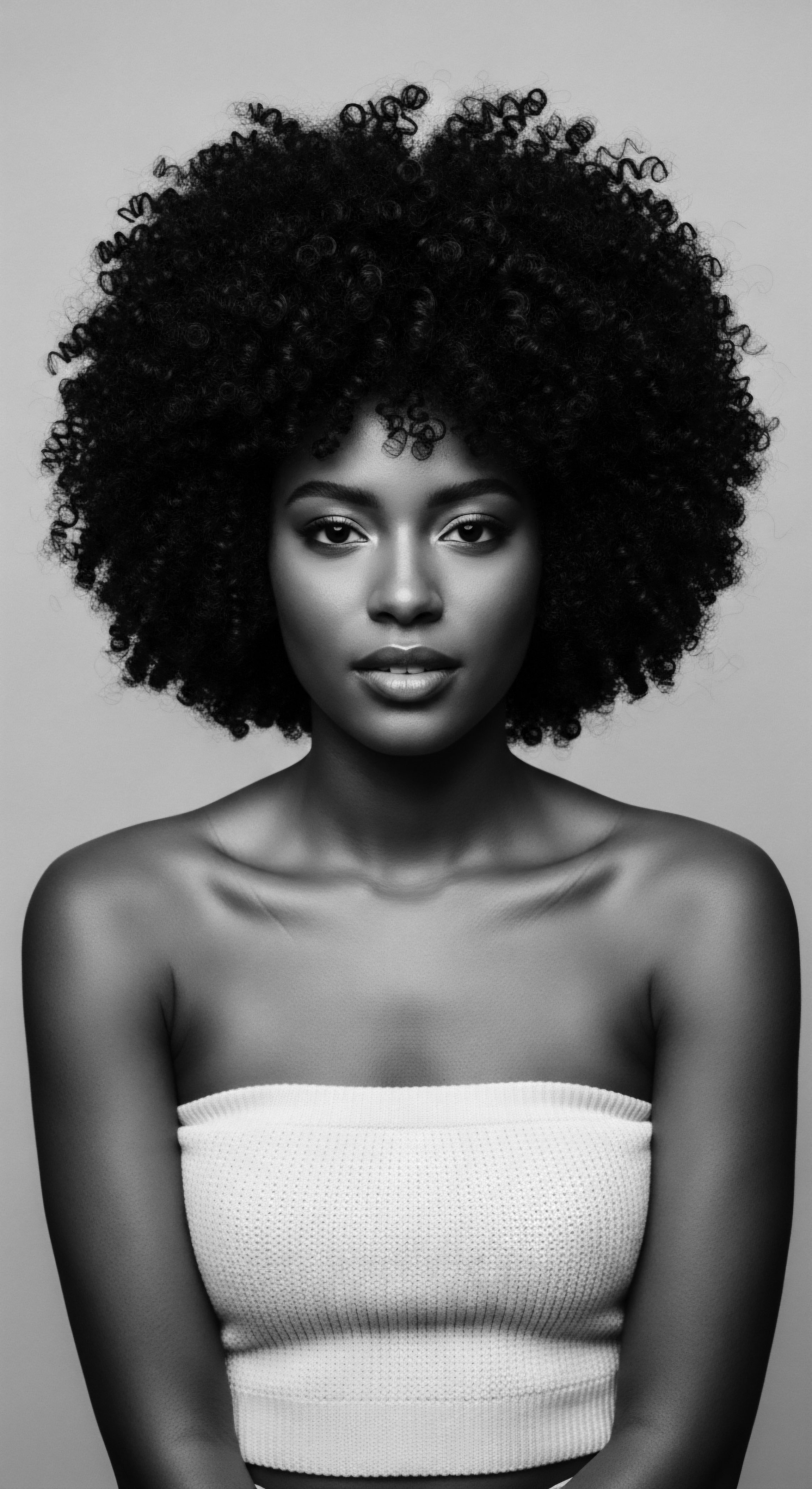
References
- Omotoso, S. A. (2014). African Hair Politics ❉ Culture, Gender, and Power. Journal of Pan African Studies, 7(3), 1-18.
- Byrd, A. & Tharps, L. (2014). Hair Story ❉ Untangling the Roots of Black Hair in America (Revised ed.). St. Martin’s Griffin.
- White, S. & White, R. (1995). Slave Narratives and the Cultural History of Black Hair. Journal of American Folklore, 108(427), 48-61.
- Lewis, M. (2019). Afro-textured Hair ❉ A Medical and Cultural History. MIT Press.
- Davis-Sivasothy, A. (2011). The Science of Black Hair ❉ A Comprehensive Guide to Textured Hair Care. SAJO Publishing.
